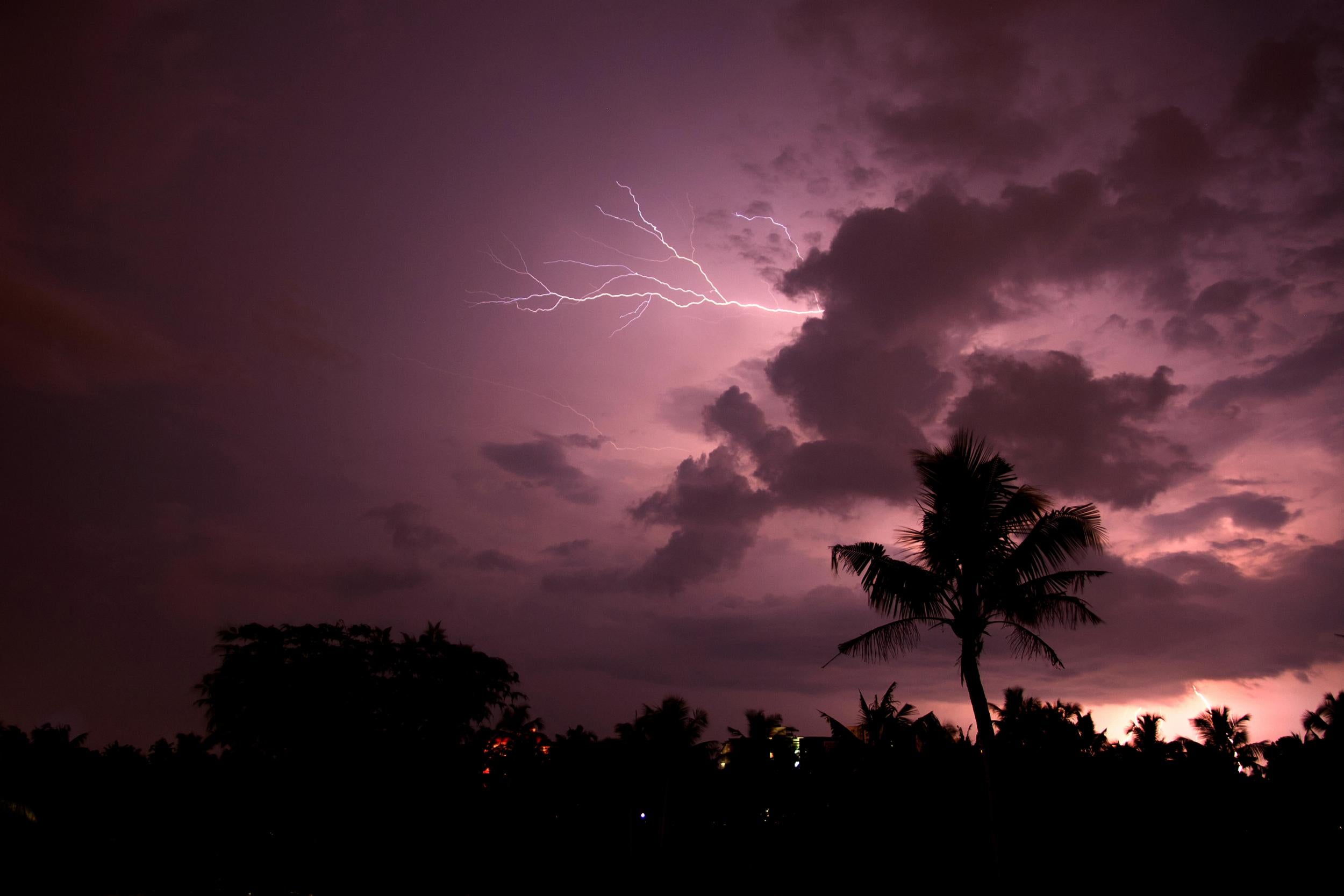Nine killed as 36,749 lightning strikes hit Indian state in just 13 hours
Freak storms saw 36,749 lightening strikes in 13 hours

Your support helps us to tell the story
From reproductive rights to climate change to Big Tech, The Independent is on the ground when the story is developing. Whether it's investigating the financials of Elon Musk's pro-Trump PAC or producing our latest documentary, 'The A Word', which shines a light on the American women fighting for reproductive rights, we know how important it is to parse out the facts from the messaging.
At such a critical moment in US history, we need reporters on the ground. Your donation allows us to keep sending journalists to speak to both sides of the story.
The Independent is trusted by Americans across the entire political spectrum. And unlike many other quality news outlets, we choose not to lock Americans out of our reporting and analysis with paywalls. We believe quality journalism should be available to everyone, paid for by those who can afford it.
Your support makes all the difference.A nine-year-old girl and her grandmother were among nine people killed during days of lightning strikes in the Indian state of Andhra Pradesh.
The freak storms, which saw 36,749 strikes in just 13 hours, injured dozens of people including a group of 10 agricultural labourers working in a single field.
Extreme weather patterns have been blamed for the conditions.
Fatal lightning is not uncommon in India during the monsoon season, which runs from June to October. More than 2,000 people have been killed nationwide by strikes every year since 2005 according to the National Crime Records Bureau.
But the sheer severity of this week's storm has taken officials and residents by surprise.
Cold winds from the Arabian Sea collided with warmer gusts from northern India producing more clouds than usual, Kishan Sanku, who runs the state emergency operation centre, told the BBC. This increased the chance of lightning.
What has made conditions particularly unique, he added, is that the cloud cover extended for more than 124 miles.
"Usually it is in patches, around 15-16km," he said . "In our experience, this is very rare."
India’s high death toll from lightning strikes is blamed on both the fact that large numbers of people work outdoors and the lack of a reliable weather warning system.
But Mr Sanku said his office has made people more aware of the dangers, alerting district officials on messaging services WhatsApp and Telegram, and making announcements on TV and radio telling people to stay indoors.
There is also a subscription-based alert system for mobile phone users.
“But we are not able to alert the people working in the fields because they don't carry their phones with them,” he said.
Join our commenting forum
Join thought-provoking conversations, follow other Independent readers and see their replies
Comments